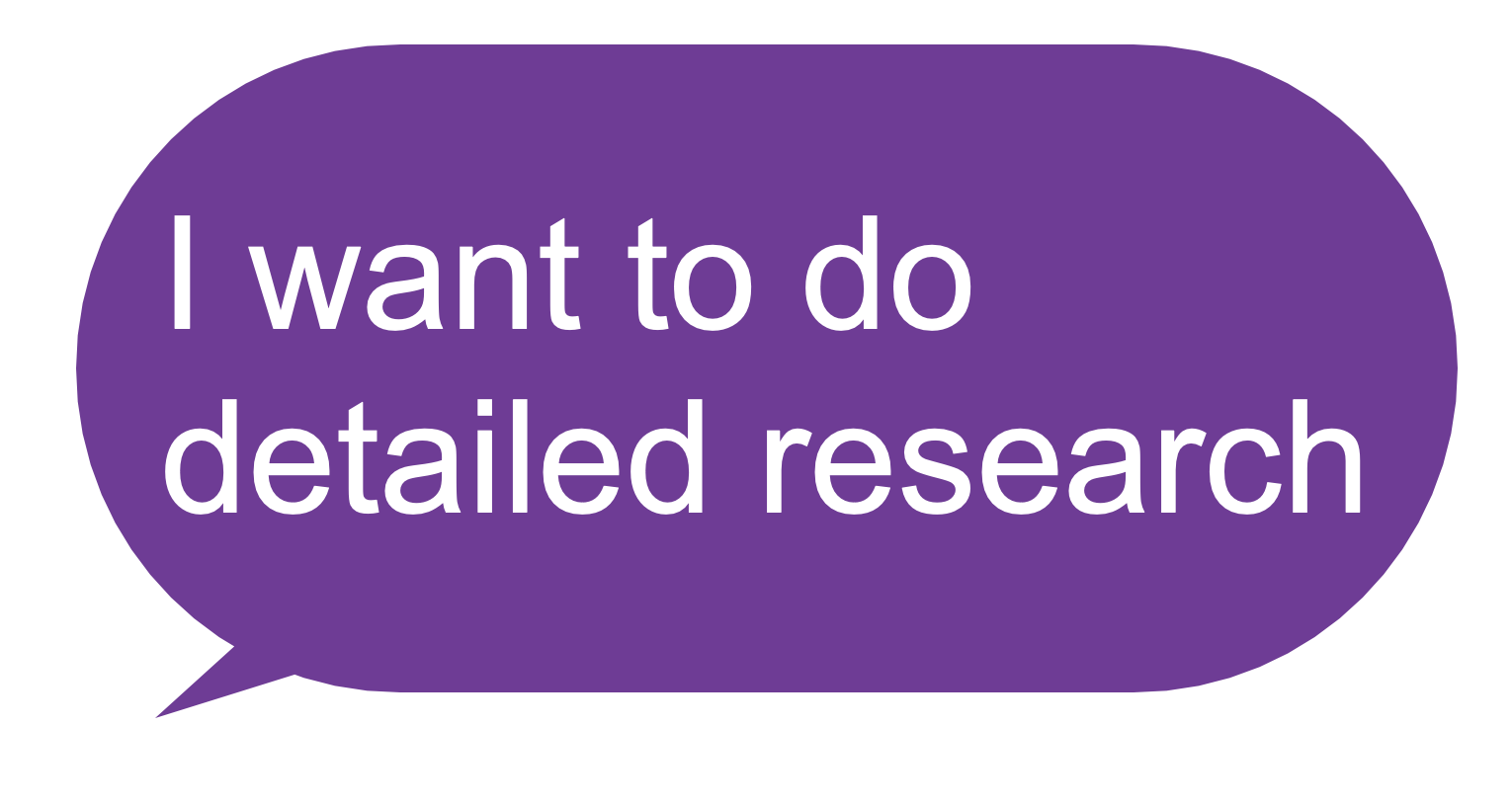Blog
Psychology of Ecommerce Sales: Priming
What’s Priming?
We like this Wikipedia definition: Priming is a phenomenon whereby exposure to one stimulus influences a response to a subsequent stimulus, without conscious guidance or intention.
Behavioral economists have been talking and writing about principles of priming for years, but it’s not used enough in eCommerce.
There’s a battle brewing inside the heads of your site visitors— between short-term and long-term thinking.
Understanding this struggle is the secret to higher conversion rates.
- Short-term thinking: “I want to find the lowest price”
- Long-term thinking: “I want the best performing solution”
As you can imagine, these 2 mindsets produce vastly different outcomes.
Most marketing appeals to the shopper’s short-term interests but there are times when we need to activate the long-term mindset. Priming makes that possible.
System 1 and System 2 Modes
When we were kids, our moms would say, “eat your vegetables”. At the time, we hated the idea. We would do everything to avoid it. Now, as adults, we’re glad our parents encouraged healthy food choices.
When presented with a challenge System 1 is our first instinct. System 1 is shortsighted. It wants instant gratification. If you listen to System 1 exclusively, you’ll end up homeless. This is why our brain has an opposing instinct: System 2.
System 2 is rational.
In an ideal world, we should be using System 2 all the time. Unfortunately, System 2 is a lazy fellow. Often, when we’re encountering a choice System 1 has already made the decision before System 2 can be activated!
Trivia
Did you know we encounter over 35,000 choices every day?
How Does This Apply to eCommerce?
Our System 1 mode gets us into trouble. But we’re not aware it’s controlling us. Let me ask you 2 questions:
A: How much time are people spending on your site? Answer: “Not enough”.
B: How driven are your shoppers by discounts? Answer: “Too much.”
But here’s the thing, have a conversation with your buyers and they’ll say:


Yet, their behavior betrays what they are saying publicly. If shoppers saw their site visit recordings, they would not recognize themselves. Their System 1 is running the show and they don’t even know it.
As a marketer in charge of a truly special product, you can’t rely on your visitor’s System 1 mode. Your product is objectively better but the shopper isn’t objective in System 1 mode. You need to activate System 2 mode if you want to improve conversion rates.
The Solution? Use Priming on Your eCommerce Site
There are many types of priming. But in an eCommerce setting, 3 types of priming matter the most:
1: Priming the visitor to spend more time on the site. Wolfgang Digital analyzed 130 million website sessions, and over €330 million in online revenue, and calculated the average session duration (time on site) for all of eCommerce at 2 minutes and 32 seconds (source).
Time on site directly correlates to higher conversion rates (we see a 30%+ bump in conversions if we can get a visitor to hang out for 4+ minutes). Here is an eCom brand case study where this Priming trick generated a 10% sales increase.
Next we’ll show how you can see how much time people are spending on your site.
Look at Your Google Analytics Data
As eCommerce marketers and business owners, we want to understand the impact of our marketing on conversion rates.
Overall conversion rate only reveals overall health. It doesn’t tell you how specific groups of shoppers are behaving.
We really care about engaged shoppers.
How to calculate the conversion rates of engaged users? Google Analytics (GA) has a solution. I made a quick video to show how you can create this segment in your GA:
Ok, so now that we know how to create this segment let’s talk about ways you can use Priming to increase time on site. 2 ways to achieve this:
- Showing a message on the landing page. Read this article.
- Using gamification. Example here.
2: Priming to increase Average Order Value. An example.
3: Priming to reduce price sensitivity. An example.
Why eCommerce Priming Works
Shoppers conditioned through the 3 strategies listed above have a huge internal need to remain consistent with their choice. Not being consistent causes inner conflict. For example, if the shopper says they aren’t price-sensitive (they want to pay for a premium product) then when they go to the product page and see a high price they are more likely to continue with the purchase to remain consistent with their first choice.
Next Steps
This marketing lesson post was an appetizer. The main course is where the magic is. Now that you’ve seen a glimpse of something very few marketers know the next logical step is to pull back the curtain and see marketing secrets the world’s best marketers want to keep to themselves.



